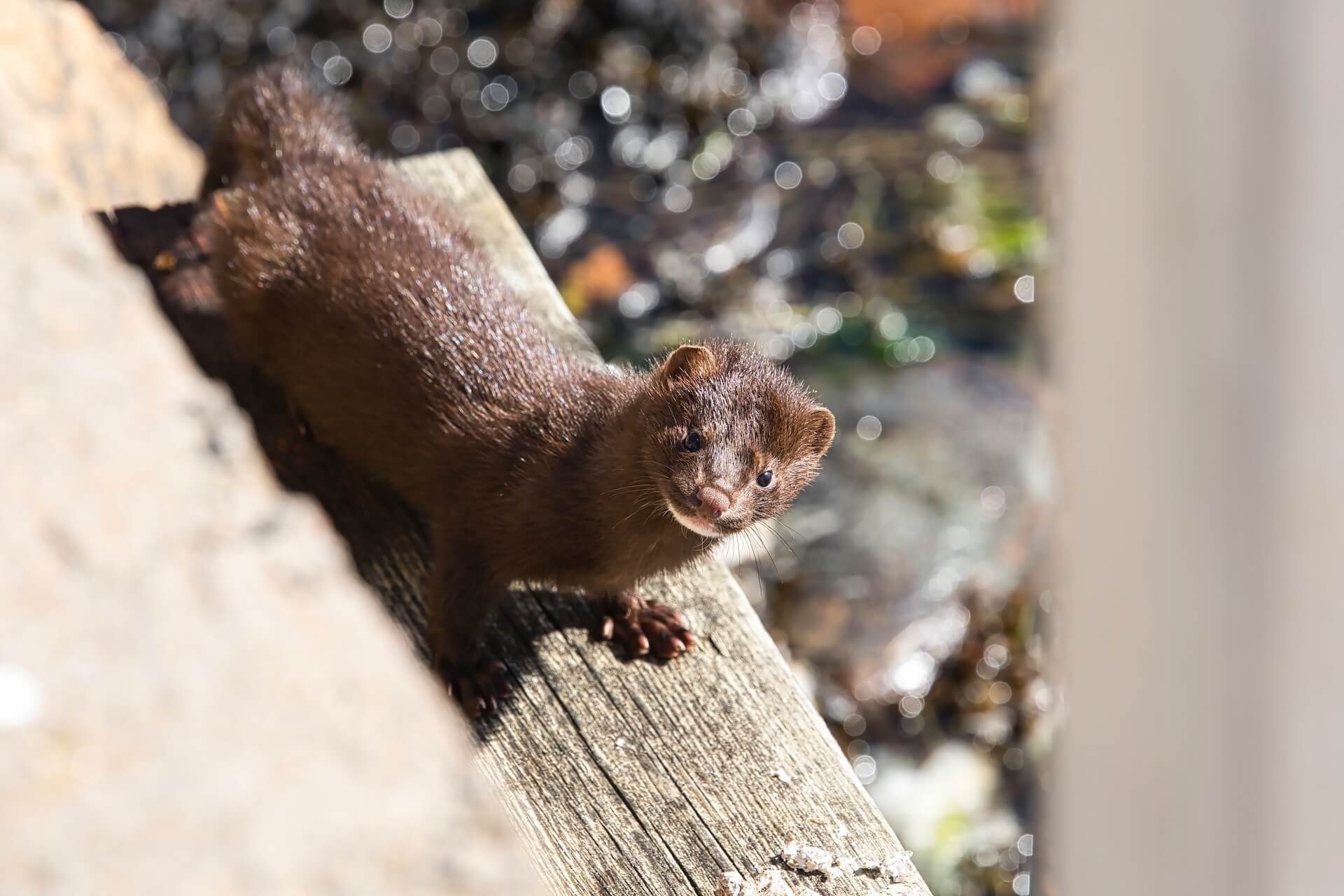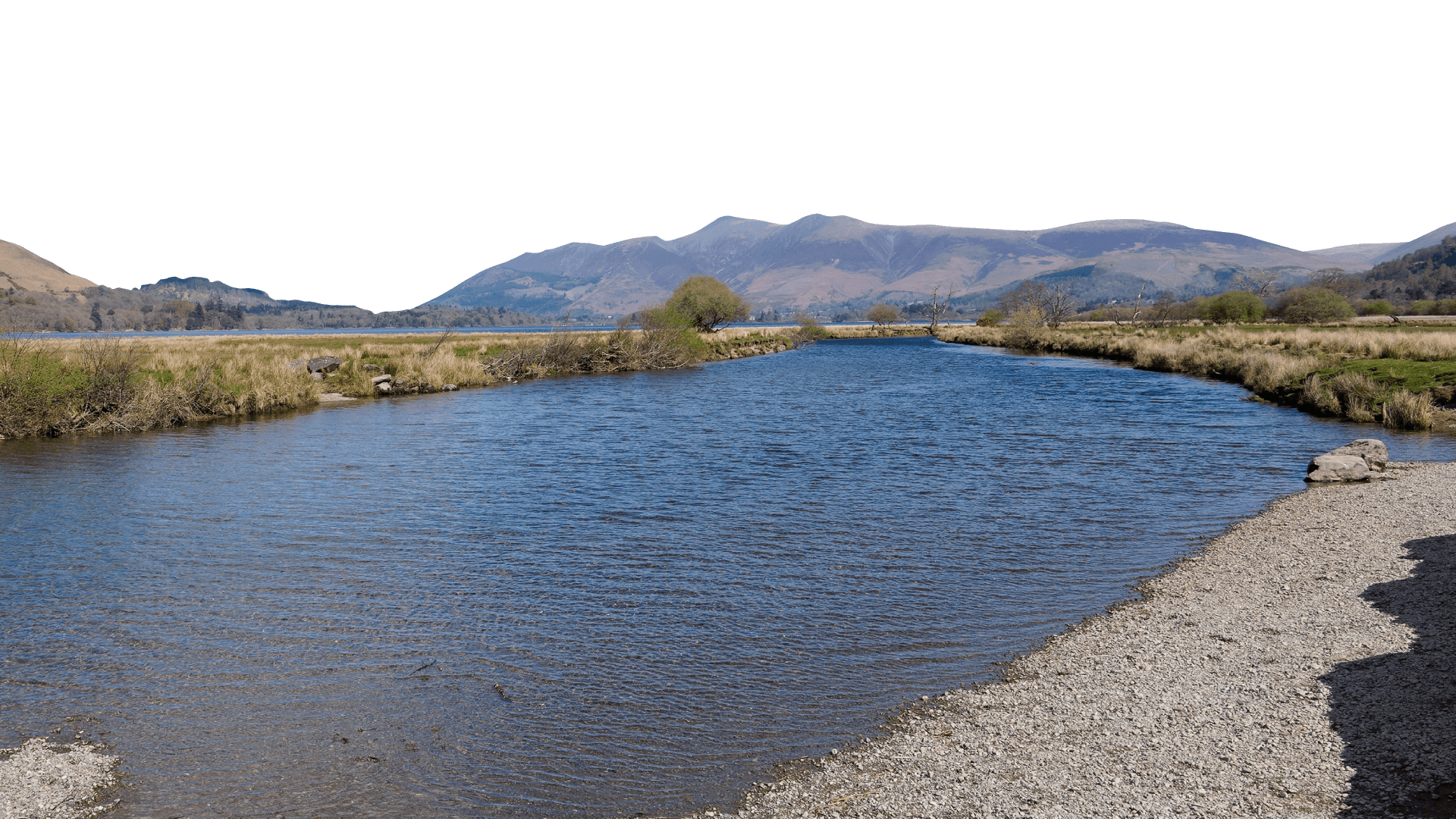
American Mink
American mink (Neovison vison) first arrived in the UK in fur farms in Britain in the 1930s. Escapees and deliberate releases have resulted in mink becoming well established across the UK. They are an invasive non-native species that eat fish, birds and are largely responsible for Britain’s rapidly declining water vole population.
The mink is a small, lithe mammal with a narrow snout, a small white chin and throat and usually brown-black fur. Mink look a little bit like a ferret, but because of their dense fur they can also be mistaken for an otter, however they are slimmer and smaller with a narrower face.
Mink, like otters, are semi-aquatic animals, so you’re highly likely to come across one close to a waterway where they make their dens. They are fiercely territorial and excellent swimmers and will defend their waterside territories. Females have one litter of four to six kittens per year.
Mink are much easier to see than the shy and secretive otter. They are quite confident and will usually be seen wandering about at dusk or dawn, but it is not unusual to see them in the middle of the day!
Without a country-wide mink eradication project, it’s thought that the water vole will become extinct in much of Britain in a few years’ time. Water voles are now listed as a priority species in the UK Biodiversity Action Plan and the promotion of humane mink control is now an essential tool in water vole conservation within the National Species Action Plan. We support targeted control of American mink in order to protect our waters and help conserve the water vole population.
In 2024 we started a mink eradication project, funded through the Environment Agency and WEIF and are working with partners across Cumbria to achieve mink free, safer waterways for all wildlife. Read more about the project below.

